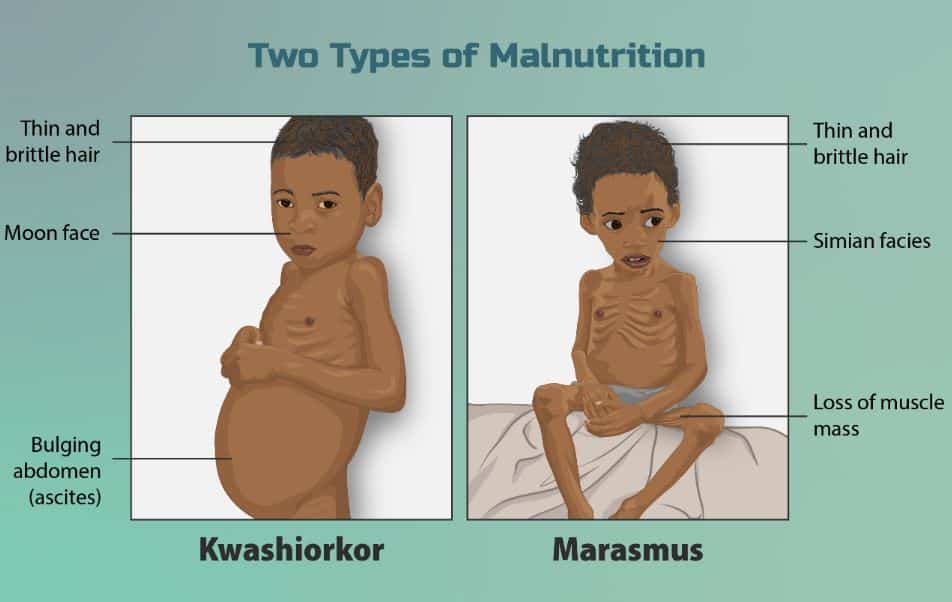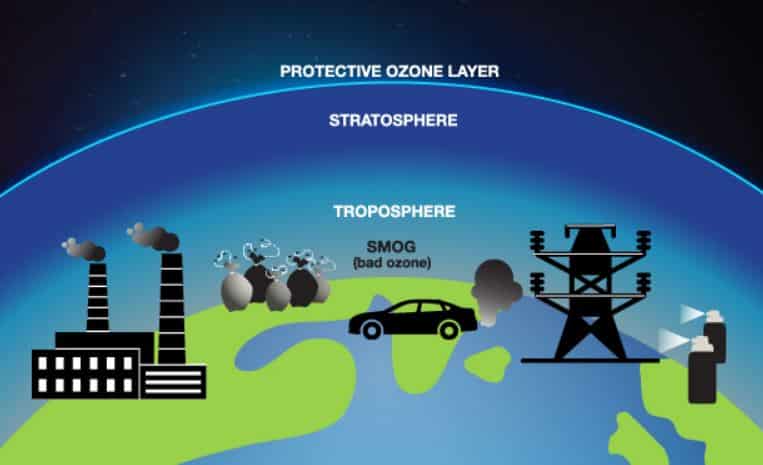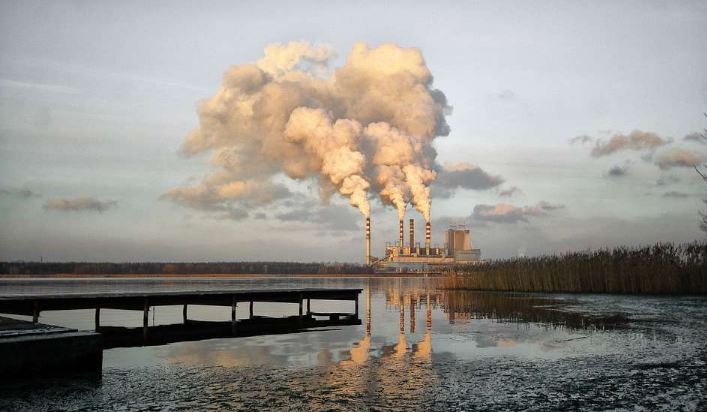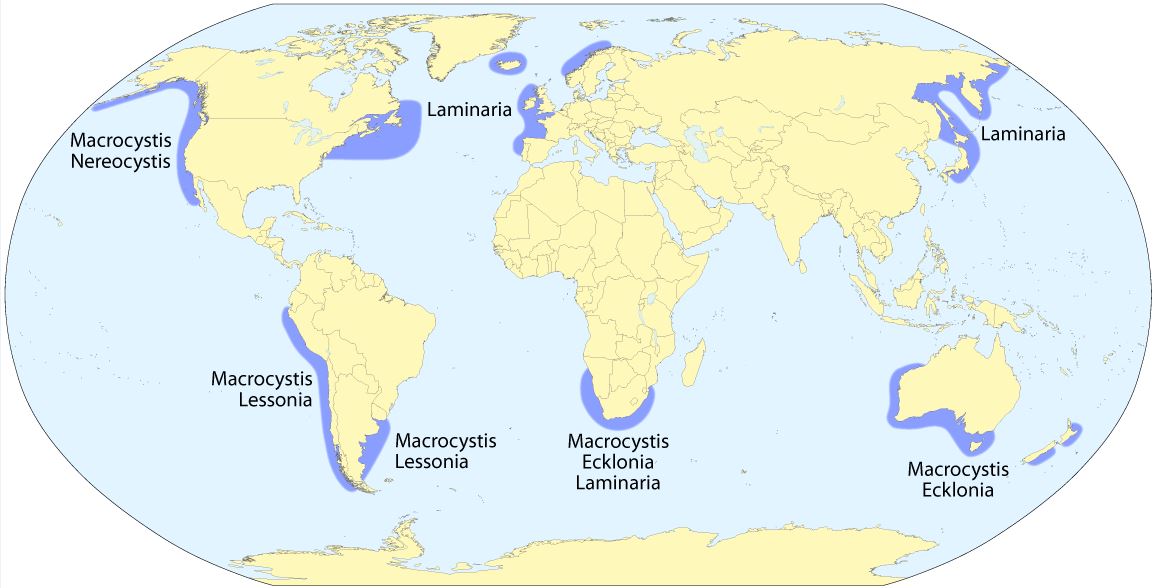Harmful effects of single use plastic on environment | UPSC – IAS
What is single use plastic refers to ?
- It refers to disposable plastics that are commonly used for plastic packaging and include items intended to be used only once before they are thrown away or recycled.
- There is a no fixed definition for single use plastic and it varies from country to country (India is in process of giving statutory definition to single use plastic)
- European Union describes ‘single-use plastics’ as plastics as products made of plastic such as cotton-bud sticks, cutlery, plates, straws, sticks for balloons, cups, food, beverage containers made of polystyrene and products made of oxo-degradable plastic, etc.
- Industry gives a different definition like plastic below 50 microns with less than 20 per cent recycled content makes for single-use plastic.
- This single-use material makes up between 26% to 36% of the world’s plastic and problems caused by single use plastics (SUPs) were first recognised in 2007.
- The issue of single use plastic becomes more dangerous due to the fact that it is least reused, no proper disposal process, difficult segregation, micro plastic (small size) etc.
Harmful effects of single use plastic on environment | UPSC – IAS
- Marine life & climate change: Plastic waste is at epidemic proportions in the world’s oceans with an estimated 100 million tonnes dumped there to date.
- Scientists have found large amounts of micro plastic in the intestines of deep-dwelling ocean mammals like whales.
- Single-use plastics make up on average 49% of beach litter.
- Human health: The toxins, poisons and persistent pollutants present in some of these plastic products leach and enter human bodies where they cause several diseases, including cancer and can damage nervous systems, lungs and reproductive organs.
- Humans may be consuming anywhere from 39,000 to 52,000 microplastic particles a year through fish (contaminated with microplastics) alone.
- Environmental pollution: A staggering total of it remains uncollected causing choking of drainage and river systems, littering of the marine ecosystem, soil and water pollution, ingestion by stray animals, and open air burning leading to adverse impact on environment.
- Less reused: A United Nations report on environment states that only 9% of all plastic waste ever produced has been recycled. About 12% has gone through incineration, while the rest — 79% — has piled up in landfills, dumps or the natural environment, leading to slow poisoning of the earth.
- Increasing Carbon dioxide: If the production, disposal and incineration of plastic continues on its present day growth trajectory, by 2030 these global emissions could reach 1.34 gigatonne per year — equivalent to more than 295 coal-based power plants of 500-MW capacity.
- More impact on developing countries: The ubiquitous plastic seems to be a curse for the third world countries, because poor countries, especially in Asia, not only have their own plastic dump to deal with but also the plastic trash that lands on their shores from developed countries.
- India has imported 99,545 MT plastic flakes and 21,801 MT plastic lumps from South America, Africa, Middle East, Europe and Asia.
- Recently, Malaysia has decided that 450 tonne of contaminated plastic waste would be shipped back to where it came from — Australia, Bangladesh, Canada, China, Japan, Saudi Arabia and the US.
- Disposal issue: They do not biodegrade instead they slowly break down into smaller pieces of plastic called microplastics which again causes more issues. It can take up to thousands of years for plastic bags and Styrofoam containers to decompose.











